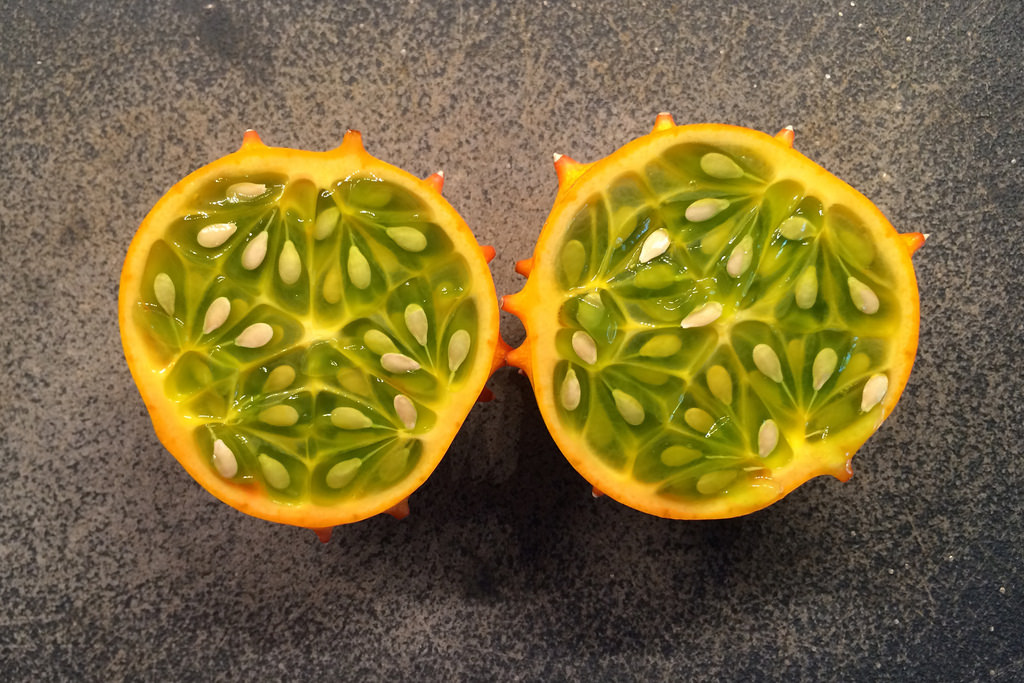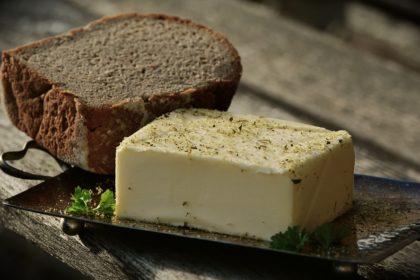Kiwano, also known as horned melon, African horned cucumber, melon, jelly melon, hedged gourd, and melano, is an annual vine in the cucumber and melon family, Cucurbitaceae. Its fruit has horn like spines, which is where it gets the name “horned melon.” Take a look below for 23 more interesting and fascinating facts about kiwano.
1. The ripe kiwano fruit has orange skin and lime green, jelly like flesh with a refreshingly fruity taste, and a texture similar to a passionfruit or pomegranate.
2. While it’s native to Sub-Saharan Africa, it’s now grown in the United States, Portugal, Italy, Germany, Chile, Australia and New Zealand.
3. Kiwano is a traditional food plant in Africa.
4. Along with the Gemsbok cucumber and Tsama, kiwano is one of the few sources of water during the dry season in the Kalahari Desert.
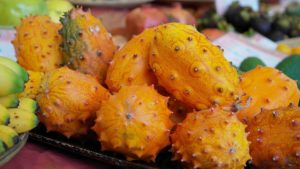
5. In norther Zimbabwe, kiwano is called “gaka” or “gakachika”, and is primarily used as a snack or salad, and rarely for decoration.
6. Kiwano can be eaten at any stage of ripening, but if it’s over-ripened, it will burst forcefully to release seeds.
7. Kiwano tastes like a combination of banana and passionfruit, or a combination of banana, cucumber and lime.
8. Some people like to eat the peel of the kiwano because it’s rich in vitamin C and dietary fiber.
9. Kiwano can be used in cooking, but when eaten raw, most suck out the pulp. The fruit can also be used in a smoothie, salad, salsa or cocktail.
10. Kiwano quickly occupies new areas and prevents growth of native plant species, which is why it’s classified as a weed in some parts of the world.
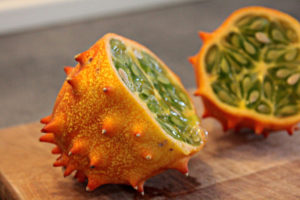
11. The majority of globally consumed kiwano comes from either California or New Zealand.
12. Kiwano is a vine which develops long, fine stems that can reach 5 to 10 feet in length. It also develops tendrils to support the growth in height by clinging to nearby objects.
13. It develops soft, heart shaped leaves that are covered with hairs. Kiwano leaves are green colored.
14. It is a monoecious plant, which means that it produces individual male and female flowers on the same stem. Male flowers develop before the female flowers in order to prevent self-pollination.
15. Kiwano flowers are yellow colored and they attract bees and bumblebees, which are responsible for the pollination of the plant.
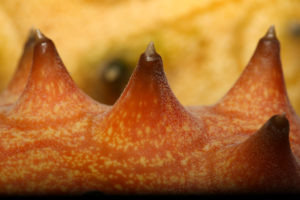
16. Kiwano plants produce up to 100 fruit per season.
17. The hollowed shell of the kiwano fruit is sometimes used as an ornamental miniature bowl, as the spikes on the shell provide stability.
18. Kiwano is often used in decorative purposes in various fruit arrangements.
19. New species of kiwano have been bread that come without the spikes on the shell.
20. Kiwano is known as “blowfish fruit” in the United States because of its close resemblance to the puffer fish.
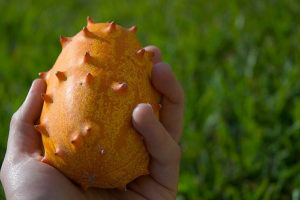
21. Kiwano is an annual plant, which means that it completes its life cycle in one year.
22. It was found that kiwano is resistant to several root-knot nematodes, two accessions were found to be highly resistant to the Watermelon mosaic virus, but very sensitive to the Squash mosaic virus.
23. Kiwano was reported to be resistant to Powdery mildew, however, in Israel, Powdery mildew as well as the Squash mosaic virus attacked kiwano fields and did some damage.

